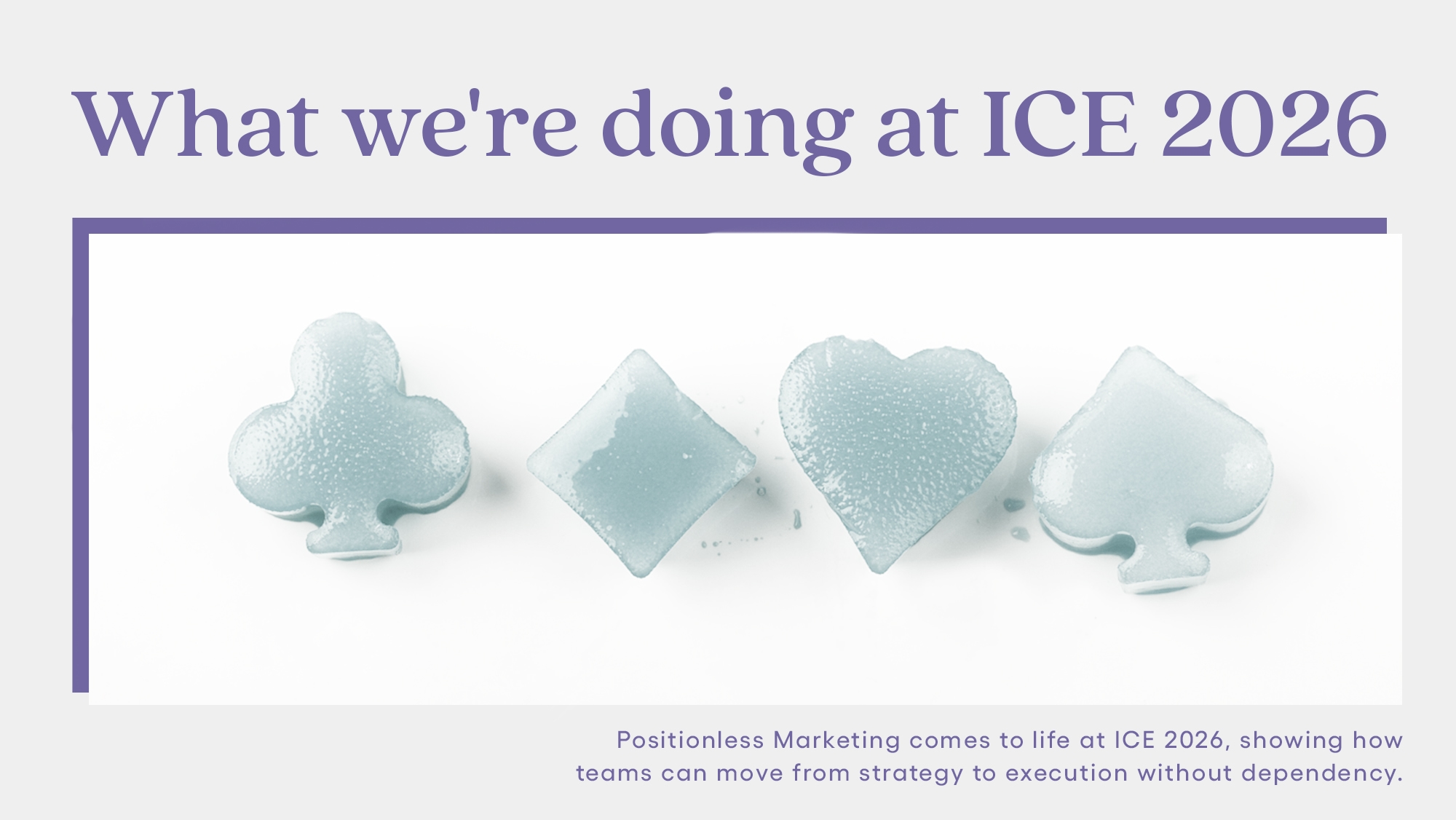
AI and the Retail Marketer’s Future
How AI transforms strategy and processes, driving the adoption of Positionless Marketing
Exclusive Forrester Report on AI in Marketing
Not to be confused with database marketing, personalized marketing is a marketing strategy that customizes marketing content to existing and potential customers in order to enhance their individual experience with a brand. This is done through analysis of their prior and current behavior while interacting with the brand. This type of marketing strategy encourages loyalty, since customers are much more likely to continue to interact with a brand that caters to their individual needs and desires. Personalization of content can also consider customer attributes and demographic information, such as age, gender, geographic location, socioeconomic status, languages spoken and political affiliations. Advantages of personalized marketing include improved customer experience, increased brand recognition, higher customer loyalty and the resulting increase in customer retention and revenue.
Watch the video to learn more about how to get started with personalization, or read the transcript here.
https://www.youtube.com/embed/mR-0LyEIWoE
Some marketers use the terms personalized marketing and customized marketing interchangeably. Personalized marketing refers to the desire to create a 1-to-1 experience for customers by customizing marketing touchpoints based on assumptions about or knowledge of specific customers. Customized marketing refers to the creation of customized products for specific customers based on their unique needs and desires.
Although the terms are similar, the more widely used term is personalized marketing, since customized marketing is relevant for luxury or high value industries while personalized marketing is relevant to all industries.
Over the years, and with the advancement of technology, personalized marketing has evolved. In general terms, personalized marketing trends can be separated into three categories: online website personalization, digital marketing personalization and offline marketing personalization.
Recent online website personalization trends focus on leveraging visitor recognition technologies, such as cookies or reverse IP lookups, in order to change the content of a site to cater to a specific individual or persona. For example, showing only female products on an eCommerce site, to a visitor who is identified as a woman. Trends in digital marketing personalization take this one step further by personalizing off platform properties such as banner ads, emails and digital communications, for specific individuals. For example, showing items that have been left by a customer in an online cart as part of the imagery of a retargeting Facebook ad. Finally, recent personalized marketing trends in offline marketing focus on creative variations for specific audiences or personas. For example, placing a company’s name in billboards outside their corporate offices or sending product catalogs that are dynamically created based on each customer’s purchase history.
As seen in the above examples, different levels of personalization exist, with the highest one being hyper personalization.
Hyper personalization in marketing refers to the ability to personalize experiences and content for each individual person. Although marketers can decide to personalize their assets at the segment, persona, or individual level, hyper personalization refers to this last one.
In order to achieve hyper personalization in marketing, it is paramount that a brand has a vast amount of demographic, behavioral and transactional customer data as well as the ability to identify customer behaviors in realtime. By combining these, marketers can alter the content that a customer interacts with to provide an individualized experience.
For example, marketers can send replenishment emails to customers based on their consumption patterns and items they usually buy anticipating customers’ next purchase. As a result, each customer would receive different content on different days and times. Marketers can then personalize their website in realtime, when customers arrive, so that customers the products included in the email first. Similarly, in physical stores, clienteling personnel can point customers to the location of their preferred products as soon as they check in or swipe their loyalty card. Finally, hyper personalization algorithms can recommend products that enhance the value of the items the customer usually buys or products that are usually bought together with those the customer is interested in.
By combining customer data and realtime interactions, marketers can achieve the individualized experiences that come with hyper personalization.
Marketing personalization covers the complete scope of marketing channels. Although most marketers will focus their personalization efforts in digital channels such as a websites or email marketing, more advanced marketers will extend it to include offline channels as well. The below are some personalized marketing examples for different channels:
Email marketing was traditionally built as a batch and blast system where every customer received the same content and creative. Over time, marketers took more a more personalized approach to email marketing, first by using segments and personas to tailor their content and then by including personalized content within the email itself.
The first wave of personalized email marketing focused on the use of merge tags to update text and images based on customer attributes. For example, placing the receivers first name as part of the body text or subject line instead of a generic word. Similarly, marketers began to personalize emails by including product recommendations and reminders based off of transactional and behavioral data.
More advanced personalized email marketing tactics use dynamic content to populate emails with the most up-to-date content based on the time of open. In these cases, the content not only takes into account the person receiving the email but also the time and place they open the email. Examples of this type of personalization include having content update to show the time remaining in a countdown for a special offer, the betting odds or results of a sports game, or even a navigation map to the closest store location based on the individual’s location data at the time of open.
Watch the full video or read the transcript here to learn more about other ways your emails can make the end-user feel like you know them. Personally.
https://www.youtube.com/embed/nU4ugTW4QPU
Optimove is the world's leading Relationship Marketing Hub, combining the most advanced customer segmentation and personalization technologies with a fully automated multi-channel marketing orchestration platform. In a nutshell, Optimove helps marketers implement a systematic approach to planning, executing, measuring and optimizing a complete, highly personalized customer marketing plan. The result is maximized customer retention, loyalty and lifetime value.
Contact us today to request a Web demo and learn how you can use Optimove to convert more customers, increase the spend of existing customers and reduce customer churn.
Exclusive Forrester Report on AI in Marketing
In this proprietary Forrester report, learn how global marketers use AI and Positionless Marketing to streamline workflows and increase relevance.



